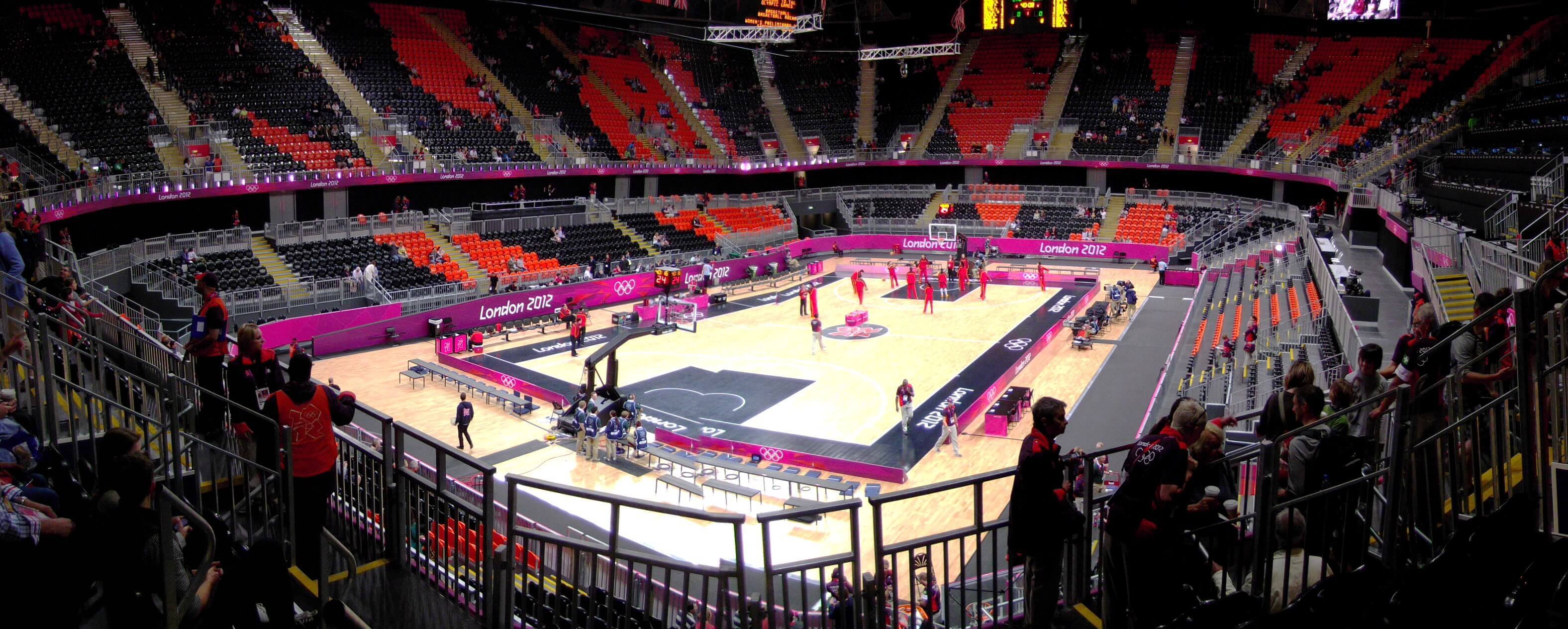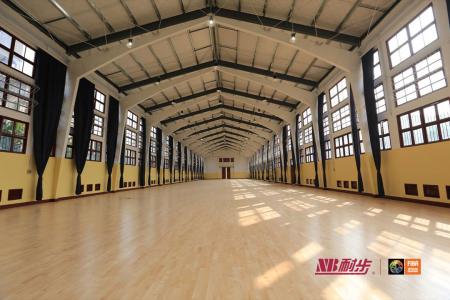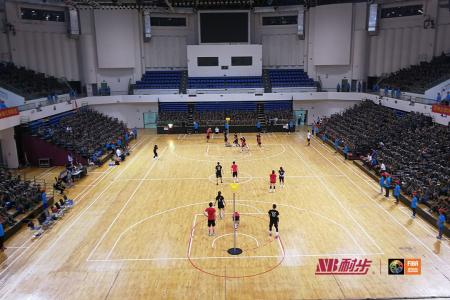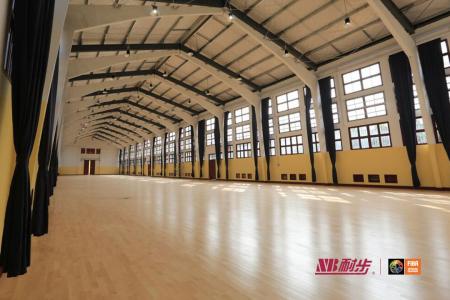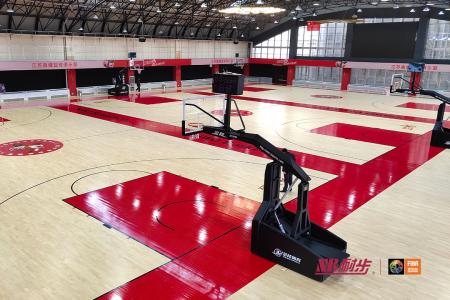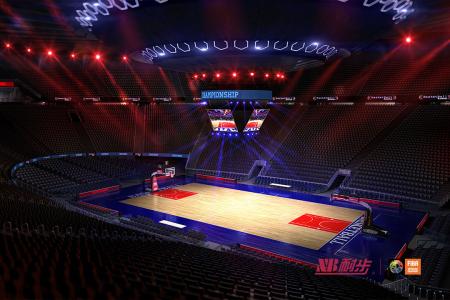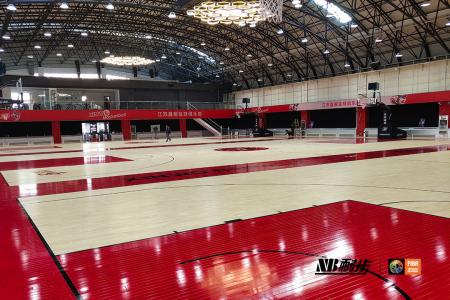The secret of stage wooden flooring: full analysis of composition and selection

Stage As an important element of stage construction, wooden floors carry the performer's art and the audience's expectations. A good stage wooden floor can not only enhance the visual effect of the performance, but also improve the quality and safety of the performance. This article will discuss in detail the composition, material selection standards, laying methods, maintenance and other aspects of stage wooden flooring, and provide comprehensive guidance for stage production and use.
1. Basic composition of stage wooden floor
Stage wooden floor usually consists of several key parts, including panel, bottom plate, support frame and anti-slip layer. Each part plays a vital role in the performance, comfort and safety of the stage.
1. Panel: The panel of the stage wooden floor is the part that is in direct contact with the performer. The choice of material directly affects the comfort and safety of the performance. Commonly used materials include solid wood, plywood and engineered wood. When selecting, you need to consider the hardness, elasticity and compression resistance of the wood.
2. Base plate: As the main structure supporting the stage, the base plate is usually made of plywood or molded wood and requires high strength to withstand the weight of the performer and the weight of the props. The thickness and density of the base plate are closely related to the use function of the stage and need to be selected according to specific needs.
3. Support frame: The support frame is the basic structure of the stage floor and provides stable support. Common support materials include steel frames and wood, and the structural design needs to ensure stability and safety under load.
4. Anti-slip layer: In order to ensure the safety of performers, a layer of anti-slip material is usually added to the stage wooden floor. This layer of material can be a specialized non-slip paint or coating designed to reduce the risk of slipping during a performance, which is especially important in dance performances that require fast movement.
2. The importance of material selection
Choosing the right material is the key to ensuring the quality of stage wood flooring. The following is an analysis of the advantages and disadvantages of several commonly used materials:
1. Solid wood: Solid wood materials usually have good elasticity and wear resistance, and are suitable for the needs of high-end stages. Although the price is higher, its natural texture and color are more artistic.
2. Multi-layer board: Multi-layer board is made of wood layers bonded in different directions. It has good stability and load-bearing capacity and is not easy to deform. Compared with solid wood, multi-layer boards are lower in cost and widely used.
3. Engineered wood: Engineered wood made of synthetic materials has good physical properties and is highly adaptable to the environment during the production process. It is favored by more and more stage builders.
Taken together, when choosing materials, you need to not only consider performance, but also live within your means and make reasonable choices based on different stage needs and budgets.
3. Laying methods and techniques
The laying of stage wooden floor is a technical task, which affects the overall effect and service life of the stage. The following are the basic steps and precautions for laying stage wooden floor:
1. Site preparation: Before laying the stage floor, the site must first be cleaned to ensure that the ground is flat and free of debris. At the same time, the humidity of the ground needs to be tested to avoid deformation of the wooden floor due to moisture.
2. Measurement and design: Measure according to the area of the stage and design a reasonable laying plan. Taking into account the needs of different performance activities, appropriate moving space and prop placement areas need to be reserved.
3. Choose the right glue: During the laying process, choosing the right strong glue is crucial to the stability of the floor. Professional stage glue can effectively improve the durability and waterproofness of the floor.
4. Control of temperature and humidity: When laying, attention should be paid to the control of temperature and humidity and kept within an appropriate range to avoid cracking or deformation of the wooden floor due to environmental factors.
5. Edge treatment: After the laying is completed, the edges of the stage floor should be processed to prevent damage caused by friction during the performance.
4. Maintenance and maintenance
The stage wooden floor has a long service life, but daily maintenance and upkeep are crucial, which can effectively extend its service life.
1. Regular cleaning: Keeping the stage wooden floor clean is the first step in maintenance. Use a soft broom or mop for regular cleaning to avoid scratching the floor with hard objects such as sand.
2. Check for damage: Regularly check whether the stage wooden floor is cracked, dented or loose, and repair it in time to avoid these problems causing safety hazards during performances.
3. Prevent moisture: Moisture is the natural enemy of stage wooden floors, so the environment should be kept dry during storage and maintenance. At the same time, ventilate regularly to avoid water accumulation.
4. Coating maintenance: Regularly check the integrity of the anti-slip layer and coating. If wear is found, recoat in time to maintain the anti-slip performance of the stage wooden floor.
5. Avoid pressure from heavy objects: When the stage is not in use, avoid heavy objects from oppressing the floor for a long time, which will affect its form and function.
5. Future Development Trends
With the continuous development of technology, the production and design of stage wooden flooring are also constantly evolving. Nowadays, the application of environmentally friendly materials and intelligent laying and maintenance methods are becoming new trends in the industry. For example, using renewable resources to make wooden floors not only reduces the impact on the environment, but also helps to enhance the artistic value of the stage.
In addition, with the diversification of stage performance art forms in the future, the requirements for stage wooden flooring will become more stringent, and the demand for specialized and customized products will become higher and higher.
Conclusion
As an important part of the stage construction, the stage wooden floor has a complex composition and far-reaching influence. From materials to laying, from maintenance to future development trends, everyAll aspects are related to the safety and artistic effect of the stage. Understanding the ins and outs of stage wood flooring is crucial for performers, producers and venue managers. I hope this article can provide help and reference for relevant people.

